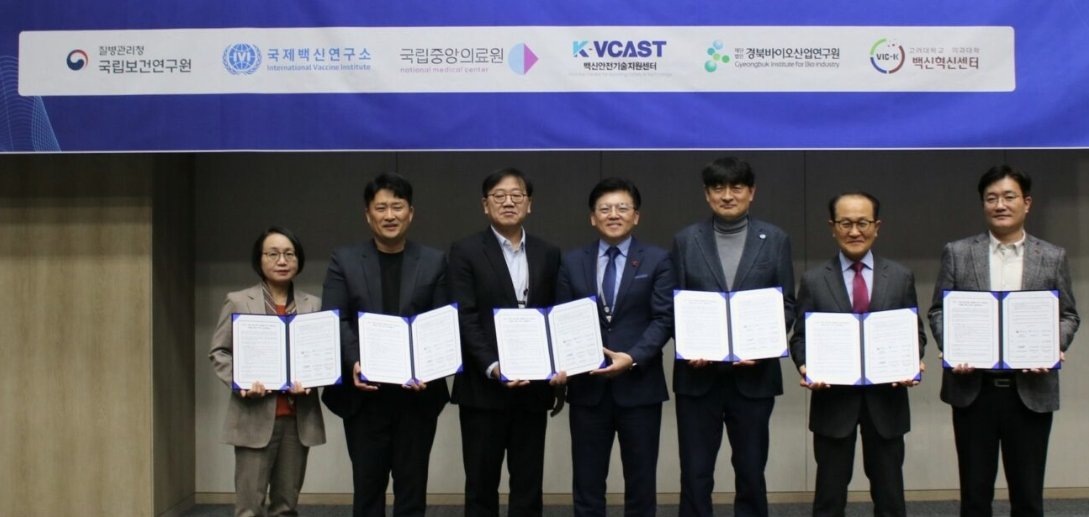
A*STAR Genome Institute of Singapore (GIS) develops first-ever method to map the epigenome of parts of the body with rare cell populations and clinical biopsy samples
Singapore: Scientists at A*STAR's Genome Institute of Singapore (GIS) have successfully developed a method to map the epigenome using 100 times fewer cells than was previously possible. The discovery, published in the journal Developmental Cell, has now made it possible to study the epigenome of parts of the body with rare cell populations such as germ cells (which differentiate into the egg or sperm), and clinical biopsy samples (to advance the study, diagnosis and prevention of cancer).
Chromatin immunoprecipitation coupled to high-throughput sequencing (ChIP-Seq) is a commonly used method to study the epigenome of cells. In ChIP-Seq, DNA fragments that are associated with specific epigenetic marks are baited out, sequenced and mapped to a reference genome. However, the conventional method typically requires large quantities of cells, which makes it difficult to study rare cell populations of the body or in precious clinical biopsy samples.
This limitation prompted GIS scientists to miniaturize the ChIP method such that it is now possible to map the epigenome using much fewer cells (1,000 to 100,000 cells). The conventional method required one million-to-10 million cells.
The scientists further applied this technology on a small number of mouse germ cells, which are the embryonic precursors of the sperm and egg, and uncovered many interesting epigenomic features that provide insight into the biology of the germ cells.
Commercial development of the Microscale Epigenomics Technology project was funded by A*STAR's technology transfer arm, ETPL (Exploit Technologies), for comparison and validation studies prior to licensing the technology to a local biotechnology company, SG Microlab Devices, for the academic research market.




